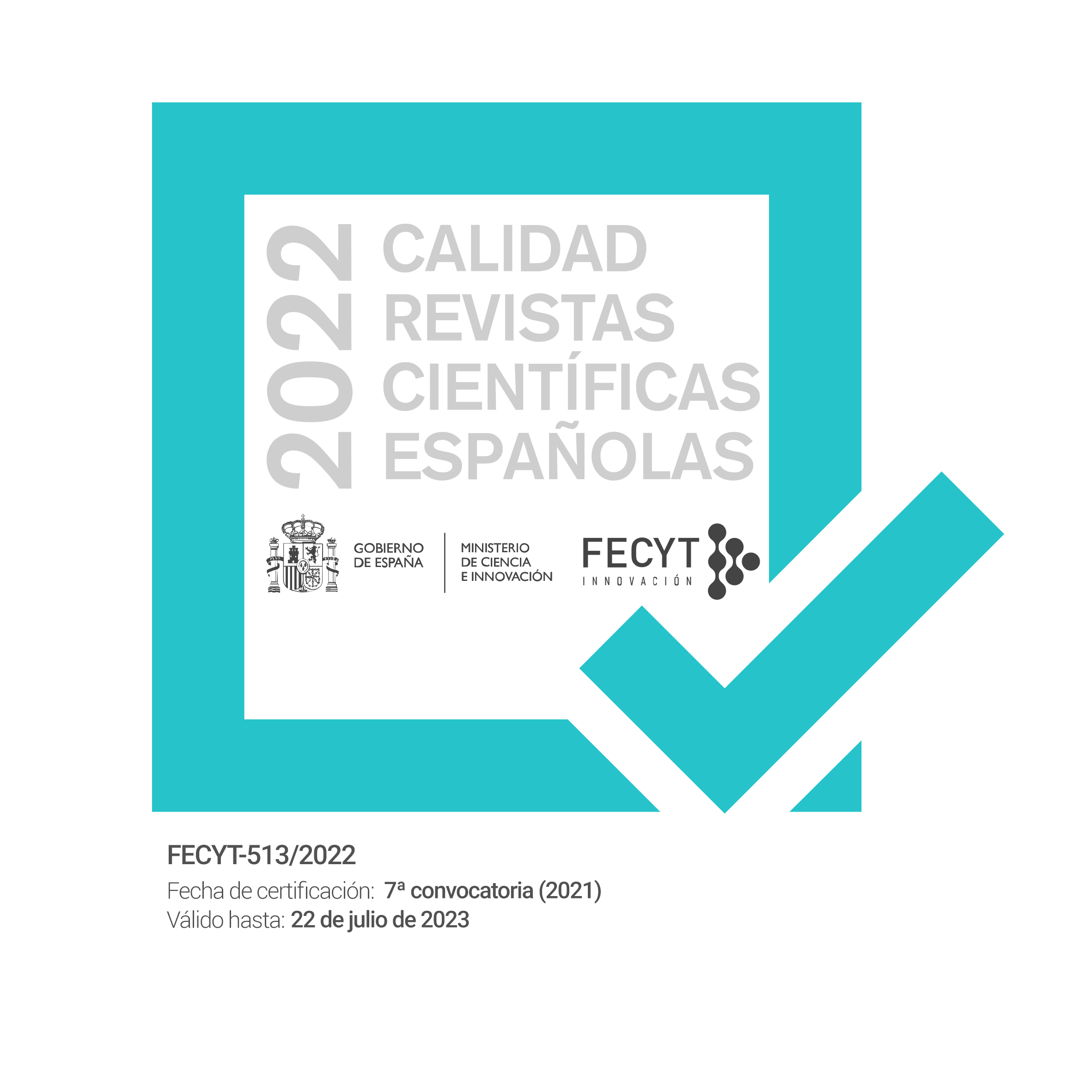VERMUNT’S LEARNING STYLES: SEARCHING FOR PORTUGUESE COLLEGE STUDENT’S FUNCTIONING
DOI:
https://doi.org/10.55777/rea.v4i8.936Keywords:
Learning Styles, Portuguese Higher Education Students, Cluster Analysis, Demographic and contextual differencesAbstract
Abstract
The current study addressed Vermunt´s model of learning styles (Vermunt, 1987, 1996, 1998, 2005) using the clusters methodological approach. A Portuguese higher education sample was analysed in order to build a comprehensive picture of its functioning. It was intended to determine if there were gender differences, age differences, as well as to see if there were relationships between learning styles, attending year, ,studies scientific area and age. 370 Portuguese university students, (male=119, female=251) coming mainly from the Catholic University of Portugal participated in the study. The sample was between 17 to 25 years (M=20.01; SD=1.61). All students were attending the first university education cycle (according to Bologna´s protocol). Respondents completed the Learning Styles Inventory (ILS, Vermunt, 1994) and a demographic questionnaire.
Results are consistent with Vermunt‘s proposal. It was found an association between learning styles, scientific area and students‘ attending year. Results are discussed at theoretical and interventional angles.
Estilos de aprendizagem de Vermunt: à procura do funcionamento dos estudantes portugueses no ensino superior
Sumário
Este estudo abordou o modelo de estilos de aprendizagem de Vermunt (Vermunt, 1987, 1996, 1998, 2005) utilizando a abordagem da construção de clusters. Analisou-se uma amostra portuguesa de alunos do ensino superior em ordem à construção de uma imagem compreensiva do seu funcionamento. Pretendeu-se estudar diferenças de género, bem como observar relações entre os estilos de aprendizagem, ano, área científica e idade dos alunos. 370 estudantes portugueses (homens=119, mulheres=251), maioritariamente da Universidade Católica de Portugal participaram no estudo. As idades variaram entre os 17 e os 25 anos (M=20.01; DP=1.61). Os participantes frequentavam o primeiro ciclo do ensino superior (segundo o protocolo de Bolonha). Os respondentes preencheram o Learning Styles Inventory (ILS, Vermunt, 1994) e um questionário demográfico. Os resultados são consistentes com a proposta de Vermunt. Encontraram-se associações entre estilos de aprendizagem, área científica e ano de frequência. Os resultados são discutidos à luz da teoria e da intervenção.
Downloads
Downloads
Published
How to Cite
Issue
Section
License
By submitting the original, the author(s) declare that they are aware of and accept, in full, the privacy policy as well as the copyright of the Learning Styles Magazine.
The Learning Styles Magazine offers free and open access to its content, completely free of charge, in order to bring scientific research to its readers and society in general. All digital contents are free and open access and are published under a Creative Commons license:

Rights are granted under the Creative Commons Reconocimiento-NoComercial-SinObraDerivada 4.0 Internacional (CC-BY-NC-ND 4.0)
The Learning Styles Magazine is an open access journal. Publication of articles or reviews in the Journal does not entitle you to any remuneration. For authors as well as readers, the journal is free Creative Commons Reconocimiento-NoComercial-SinObraDerivada 4.0 Internacional (CC-BY-NC-ND 4.0).
With this licence, the reproduction and dissemination of the contents of the magazine for educational, social and knowledge transmission purposes is permitted, without any profit motive in mind, provided that the source and authorship are not modified. The licence granted to Learning Styles Magazine allows the copying and distribution of the magazine's contents, as long as the authorship of the work is recognised, correctly specifying the author and the publishing entity. The work may not be used for commercial purposes, nor may it be altered, transformed or generated from this work.
The publication of articles or reviews in the Journal does not give the right to any remuneration.
The Learning Styles Journal invites the author/authors to increase the visibility and scope of their articles published by re-disseminating them in:
- Web spaces and personal networks, as well as in scientific meetings and forums
- Open institutional archives in Universities, educational repositories and Research Centres.
- Academic and scientific networks (Researchgate, Academia.edu, Plubons, etc.)
All these spaces and publications must include all the bibliographic data of the publication.
























